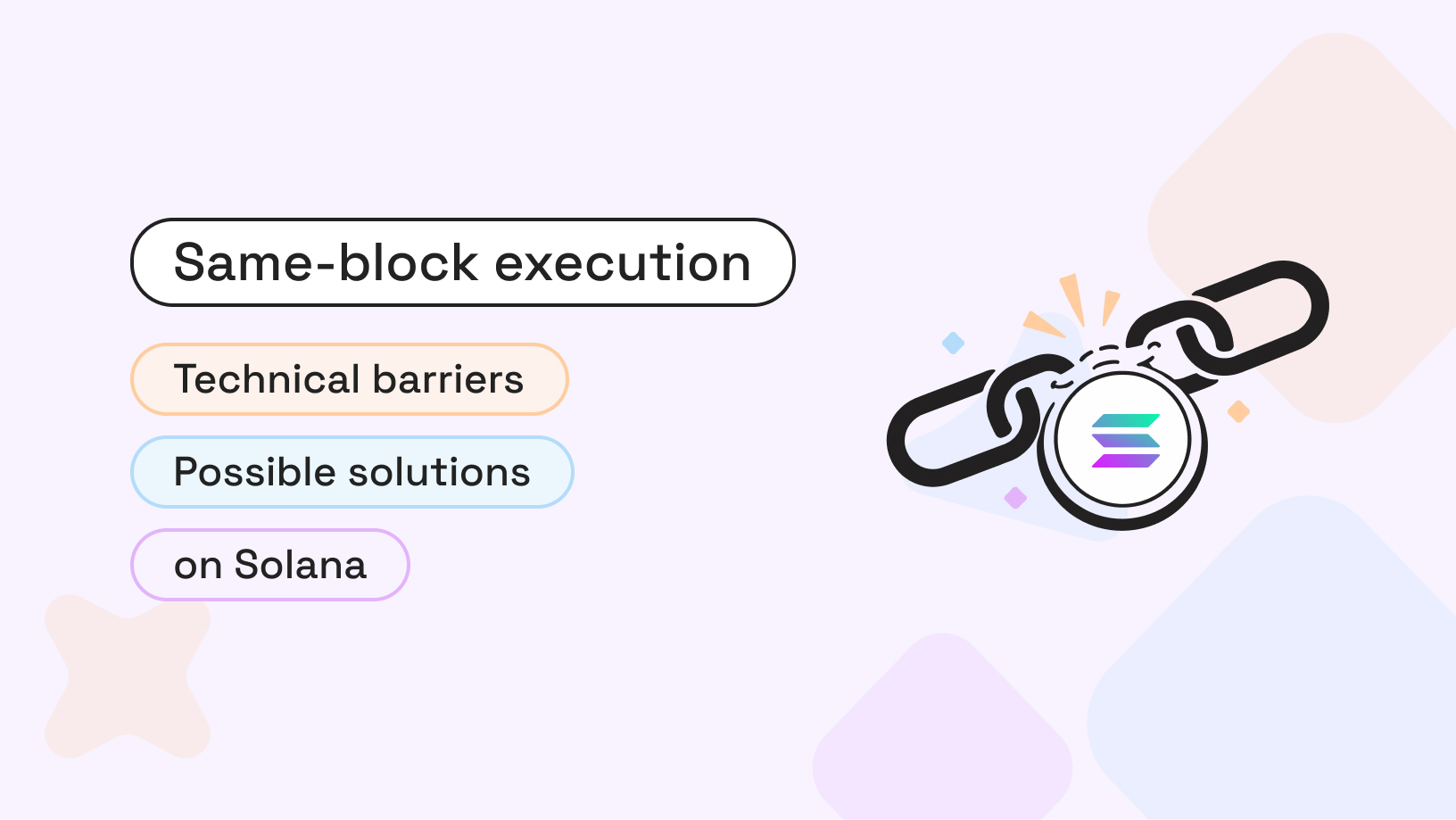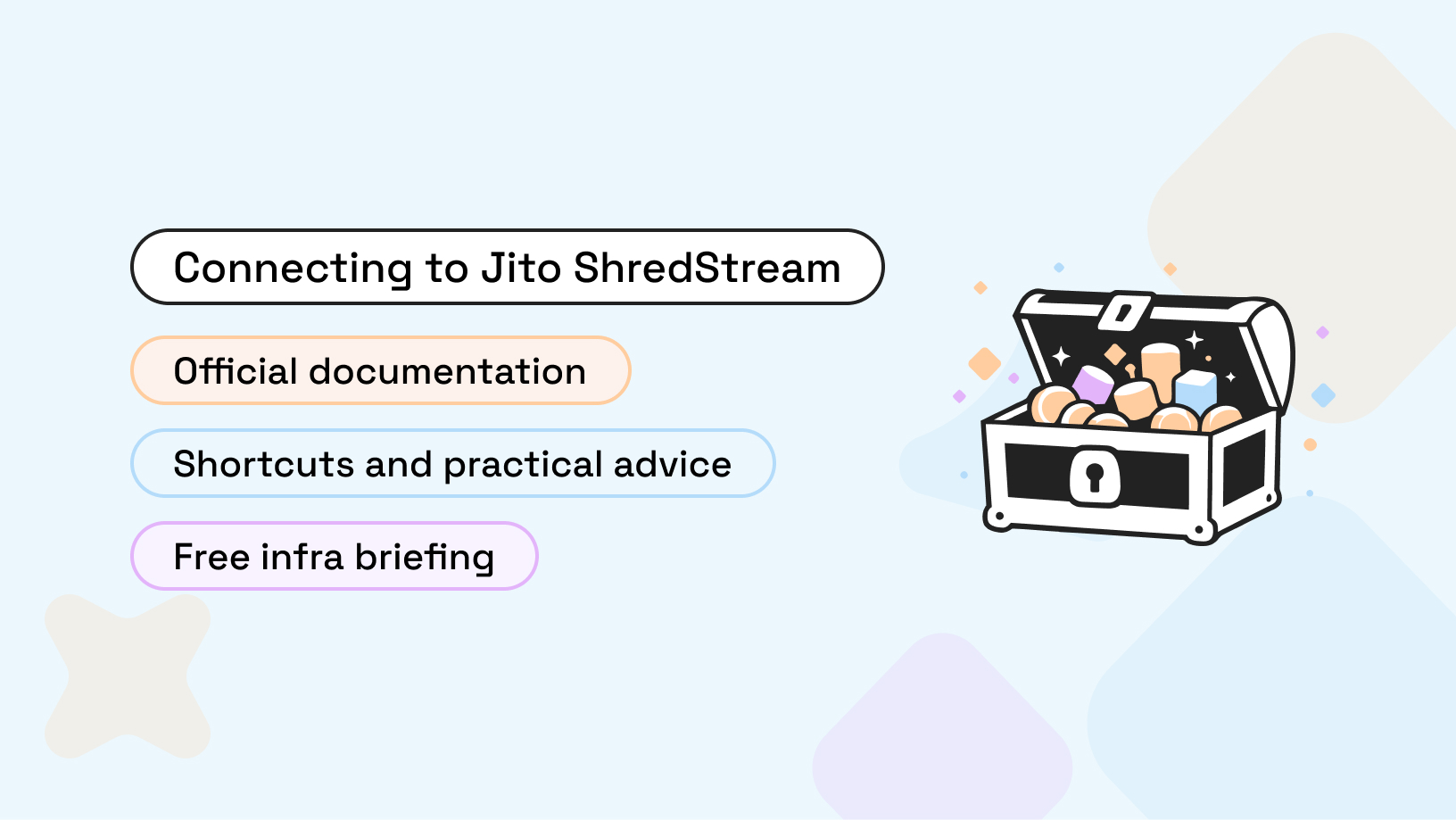
At the beginning of 2022, the number of Internet users reached 4.95 billion users. Today, 62.5% of the population of the world uses the Internet. The number of people holding cryptocurrencies also increased by more than a third (+37.8%) compared to the same period of last year. It is not surprising the Internet is constantly evolving and innovating.
Anyone who has somehow connected their lives with the World Wide Web has already seen the previous two generations—Web 1.0 and 2.0. Now, a new version, Web 3.0, has appeared. The Web 1.0 experience was static and could not create your sites with rich content in the way we use today. Web 2.0 brought users together through social networks and dynamic sites while sacrificing decentralization. So let us try to understand what Web3 development is and what it is for in more detail..

Web 3.0 is already attractive to entrepreneurs and venture investors: in 2021, investments in crypto projects amounted to more than $30 billion, and on average, blockchain-related startups raised $20 million. Therefore, choosing a web3 developer and data provider should be treated with special attention.
What Is Web3?
Nowadays Internet is run by corporations. They collect user data, impose their censorship, and can even block content. Supporters of Web3 offer to change the game rules and put the user in the first place. In other words, web3 programming should provide complete control over information on the Internet and create a semantic web that will allow programs to perceive and process user-generated content with ease. Blockchain technology will free the digital identity through crypto wallets and an open digital economy.
Web 3.0 is the development concept of the next generation of the Internet built around decentralization. Users can own and manage content without regard to censorship and corporate regulations. The approach makes the Internet more “democratic,” if we may say so.
The official meaning of this term was formulated by Jason Calacanis in 2007 when he spoke about a single platform on which users can create content. He did not describe it itself and was not a Web3 developer—he only set the idea. Gavin Wood, the founder of Polkadot and co-founder of Ethereum, coined the term "Web 3.0" in 2014. The term refers to a decentralized ecosystem built on blockchain technologies.
Marketing specialist Gilles DC told more details about the new round in the history of the development of the Internet several years ago. He clarified that this is not about a single platform but combining several systems that must follow certain principles. The interest in Web3 development peaked at the end of 2021, thanks to technology fans, crypto enthusiasts, and large investors.
Futurists are processing different scenarios for the development of this technology, saying that the future looks murky enough. But all indications are that blockchain and cryptocurrency technologies will play a huge role. Many technologists are excited about Web 3.0. They see it as a way to move away from the centralization based on the previous version, along with the monopolies of large corporations and heavy censorship. So let us take a closer look at what this system consists of, what it can do, and what a Web3 stack is.
The Developer Stack
Although the Web3 developer ecosystem is only a tiny part of the larger web developer ecosystem, it is rapidly growing, so it makes sense to try to define what the web 3.0 stack is. We know it includes blockchain for decentralization and cryptocurrency wallets as a form of identification. You also may have heard of distributed storage systems with grandiose names like InterPlanetary File System (IPFS).
The best definition of the Web3 stack is made by probably Nader Dabit, PR Engineer at Edge & Node. Dabit highlighted that the stack consists of the following main components:
- Web3 libraries or dApps;
- Smart contracts;
- Wallets;
- Nodes.
Web3 Libraries
Web3.js is the official library that allows us to abstract from the internal mechanics of Ethereum and work with the network and smart contracts as if they were ordinary JavaScript objects. If you don't already know what smart contracts are, imagine them as some classes whose instances are active on the Ethereum network.
These are Solidity language classes, outwardly, which are much similar to JavaScript. The process looks like this: the smart contract code is written in Solidity, then compiled into bytecode, then this bytecode is built into the network. Just as a newly created JavaScript object gets its address on the heap, thus the contract we placed gets its address on the Ethereum network, which we can use now to call its methods and read its properties.
Smart Contracts
To understand how to get into Web3, you need to learn smart contracts—this is a tool to track and ensure the fulfillment of obligations. You can write all the transaction stages or a separate part of it in a smart contract.
Among the advantages of smart deployed contracts are:
- Protection against unauthorized changes;
- Transparency;
- Confidentiality;
- Self-execution.
Therefore, it is not a surprise that they are an integral part of the Web3 developer stack.
The smart contract programming language depends on the technology. If you plan to use distributed ledger technology (blockchain), it makes sense to choose Solidity (used in Ethereum), Go (used in Hyperledger fabric), Java, and Kotlin (Corda R3).
The smart contract development environment is currently fully supported by Ethereum.Remix IDE. You can also take advantage of the RPC Fast API, which provides an endpoint (access point) to connect to the blockchain with smart contracts functionality, without any programming efforts. It is a SaaS product that allows you to use the blockchain infrastructure of the highest quality right now. There is no need to hire a specialist or do everything yourself if you work in Ethereum, BNB Chain, or Polygon when RPC Fast exists.
Node
In the Web3 stack, two types of agents constantly monitor and interact with the blockchain—miners and nodes. Miners directly maintain and run the blockchain, while nodes process and send transactions to the blockchain. We can compare them to cloud service providers (such as AWS). Like most applications today use AWS servers to run their applications, nodes are launched on the blockchain. When a wallet wants to send a transaction to the blockchain or request wallet state information from the blockchain, it requests the information from the node that stores the blockchain data. Application servers can also communicate with nodes to keep application data up to date by making similar RPC calls.
The Ethereum network consists of nodes, each containing a copy of the blockchain. When you want to call a smart contract method, you need to find one of the nodes and know the following:
- Smart contract address.
- The method you’d like to call.
- Parameters of this method.
Ethereum nodes can only recognize JSON-RPC language. This language is not easy to read directly. If you want to call a contract method, the request to send may look like this:
Luckily, Web3.js hides these annoying requests, so you only need to interact with an easy-to-understand JavaScript interface while Web3 coding. You do not need to create the variable line above because the function call in your code would look like this:
Wallet
Beyond the user control layer, for the Web 3.0 stack, there are wallets such as the Coinbase wallet that interact with the client interface to provide a seamless user experience. To do this, they allow applications to send requests to the wallet itself, using the standard Web3.js libraries (which are the most popular of them).
The sample Web3.js call could be a payment request asking the user to confirm that the wallet can send the specified funds amount to the application address. When a user sends a request, two things happen:
- The wallet allows the application to receive a response, so it can present a “payment sent successfully” notification.
- The wallet makes an RPC call to the blockchain node to send a valid transaction to the blockchain. It is where another part of the infrastructure comes into play—nodes or providers.



















.svg)
.svg)
.svg)

